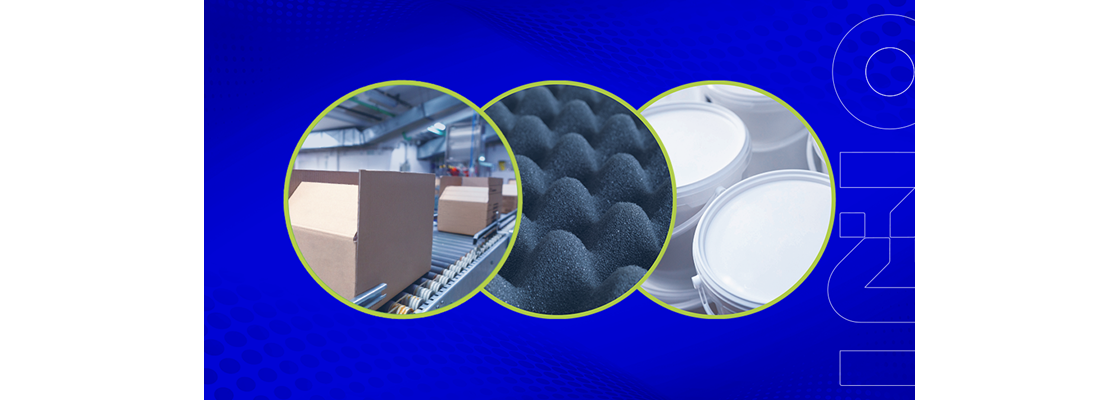Now superheroes aren’t the only ones who can see through walls! Non-metallic materials including cardboard, plastic, fabric and polyurethane foam are no barrier to terahertz (THz) waves. By harnessing the properties of THz, a whole new world of possibilities is opening up to industry.
A terahertz imaging system can thoroughly inspect moving products in real time without making contact or having to stop the production line. It’s even possible to perform quality control on packaged finished products: THz waves pass through packaging materials that are opaque to visible light and are then reflected, to varying degrees, off the interfaces encountered, with the defects highlighted in the image. Highly accurate thickness measurements can also be taken using this technology, which, unlike conventional methods, are contact-free, work with multiple opaque or translucent materials and penetrate multi-layer structures.
Now let’s explore some examples of how terahertz technology is used for quality control.
Detection of defects and conformity checks
In the manufacturing industry, the purpose of quality control is to make sure that products delivered to clients are free of any defects by verifying that they satisfy pre-set requirements via inspections and/or testing. These verifications may take place at different stages of production (components, subassemblies or finished products) on all parts or only a sample, of which the size and frequency of sampling are predetermined. For continuous improvement, quality control makes it possible to identify and correct production errors before these can have an impact on production. The goal is to reduce costs associated with non-quality and to deliver the best products to customers.
Depending on what needs to be verified, destructive or non-destructive testing may take place. The benefit of non-destructive methods is that the part being checked is left undamaged, so it can go back into the production line once the inspection is done. But some properties of a product are difficult to check without destroying it. Destructive tests could be avoided in many situations by leveraging the penetrating power of THz waves.
Manufacturing:
- Detecting defects in plastic parts during the manufacturing process,
- Verifying the positioning of parts in an assembly or a package,
- Checking the thickness of a composite material’s various layers.
Aeronautics:
- Detecting potential defects in space shuttle foam insulation.
Agri-food:
- Measuring the thickness of the layers in the plastic film used to seal certain packages to protect food from contamination,
- Analysing the shelf life of foods.
Motor vehicles:
- Measuring the thickness of the very thin layers of paint applied (10 to 100 microns),
- Analysing paint drying time.
Construction:
- Inspecting seals,
- Detecting cavities below surfaces.
Electronics:
- Inspecting printed circuits,
- Verifying the positioning of an electronic chip located underneath an opaque non-metallic surface.
Pharmaceuticals:
- Checking the conformity of active ingredients produced using THz-TDS1.
Predictive maintenance
Predictive maintenance for equipment is another field that requires non-destructive inspection methods. The goal is to detect imperceptible defects such as corrosion just beginning under paint, the delamination of a coating or an internal crack to prevent a failure. This is done by using THz technology to probe materials to ascertain whether a part needs to be replaced.
Marine:
- Detecting corrosion forming under paint while performing preventive maintenance.
Conclusion
The inspection solutions that make use of THz waves have the advantage of being safe for the workers who use them since the energy emitted in the THz spectrum is not ionizing. These solutions are therefore simpler and less costly to implement than a system that uses X-rays. Compact systems are already on the market, including portable devices better suited to some applications. To learn more about the possibilities THz technologies have to offer, read Applications of Terahertz.



